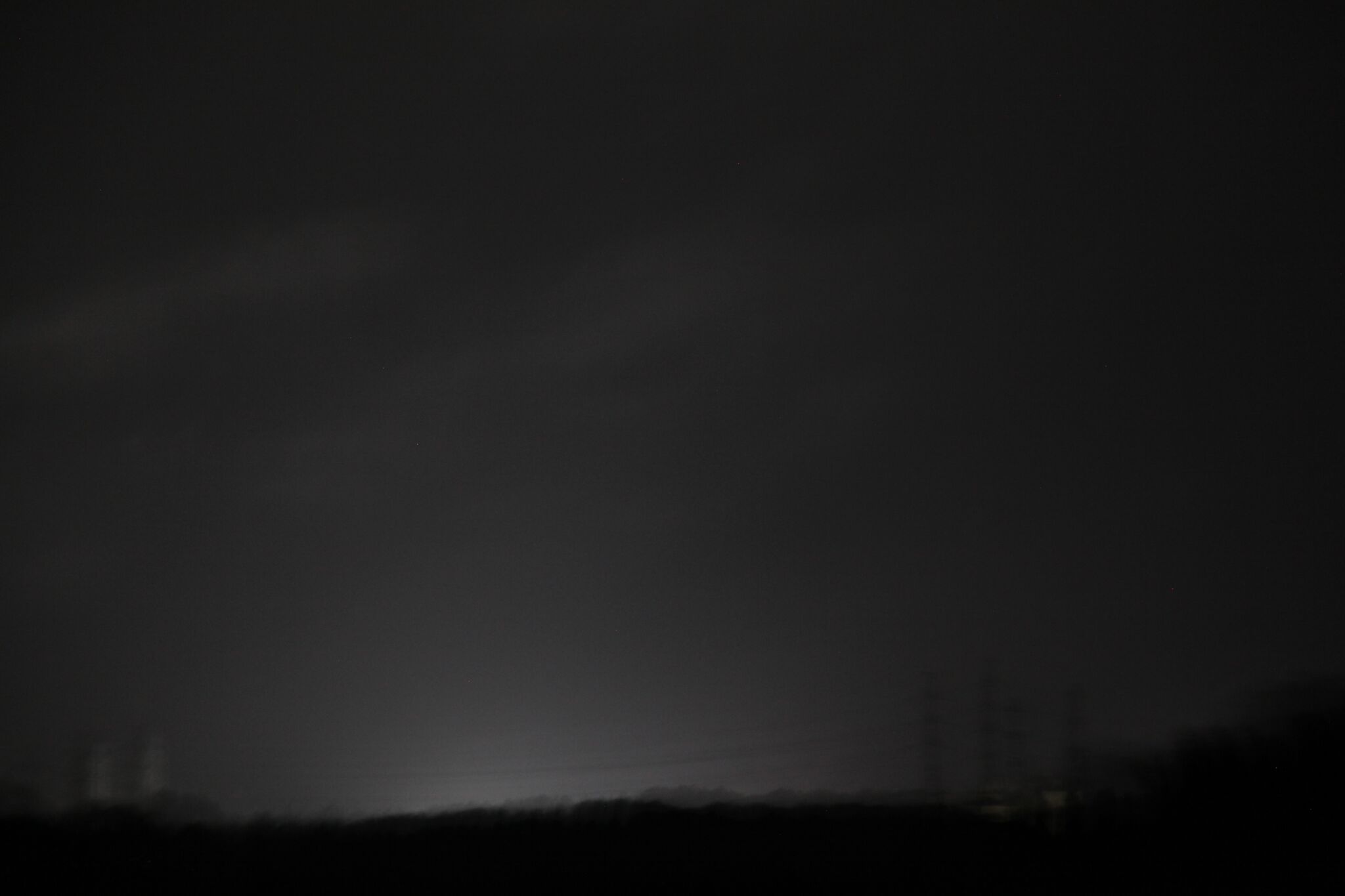Fukushima: The misery piles up

Five years on from the Fukushima nuclear disaster there is now an emerging thyroid cancer epidemic and 174,000 people are still displaced
Published 11 March 2016
Five years on, the Fukushima nuclear disaster is far from over – the dispersed fallout continues to irradiate and move around the environment; in the water, in the plants and animals, and blown on the wind.
Every day 300 tons of contaminated water leak from the wrecked nuclear plants into the soil and eventually the ocean. The Reconstruction Agency estimates 174,000 people remain displaced, with many families disrupted having lost their land and livelihoods and now facing an uncertain future.

Despite inadequate health monitoring of exposed people, ultrasound screening of almost 370,000 children in Fukushima has yielded clear evidence of an emerging thyroid cancer epidemic among children and adolescents in Fukushima.

Whereas across Japan three cases of thyroid cancer per million per year would be expected in children, a total of 166 have been identified in Fukushima children. Rates are up to 50 times the national average in the most contaminated regions. Nor are these cases of little long-term consequence, detected earlier than usual because of an active screening program. Post-operative findings indicate that over 90 per cent had spread outside the thyroid gland, to local lymph nodes, or with distant metastases.
It is highly likely that this emerging thyroid cancer epidemic will be the harbinger of increases in other cancers and chronic illness. However, there is regrettably no register of people exposed from the disaster or of the doses they are likely to have received to enable long-term follow-up of health outcomes and appropriate targeting of health screening services.

The Japanese government is acting as if it wishes the Fukushima nuclear disaster could be quietly swept under the carpet before the 2020 Tokyo Olympics. It has announced cuts to housing and other assistance for displaced people by this time next year, and plans to clear the public evacuation orders for areas still contaminated at more than 20 times the internationally recommended and previous Japanese radiation limit.
Along with limited subsidies for those who choose to return to evacuated areas, these measures serve to push those whose lives have already been disrupted and health harmed by the disaster back into areas that remain significantly contaminated. No other government has failed in its first duty to protect its citizens by accepting such a high level of radiation exposure in the long term, including for pregnant women and young children.

We should not be at all surprised about emerging evidence of human health damage from a disaster which most Japanese and some international agencies, like the United Nations Scientific Committee on the Effects of Atomic Radiation – but not the World Health Organisation - claimed would have no discernible adverse radiation-related health impacts. Extensive evidence from a large number of plant and animal species in Fukushima confirm earlier findings from the region of the Chernobyl nuclear disaster in Ukraine showing high rates of genetic damage and a wide variety of illnesses and abnormalities in direct proportion to the level of contamination in essentially every species studied. In none of these studies was a threshold identified below which no damage occurred.
In Fukushima, malformations have been demonstrated in fir trees, butterflies, reduced diversity and numbers of birds and mammals, and reduced diversity of a wide variety of intertidal marine species, including anemones, worms, sponges, crustaceans and bivalves. Since 2012 rock shells within 30 km of the damaged reactors have completely disappeared.

Australians bear a special responsibility to ensure that the consequences of the Fukushima nuclear disaster and its victims are not forgotten or neglected. The fallout contaminating Japan comes in part from uranium mined in our country. Once mined and processed, there are only three ways that uranium can end up: as nuclear waste, in nuclear weapons, or as radioactive fallout.
The most important lesson from Fukushima is that sustaining global health demands a renewable energy future, not a radioactive one. Along with prohibiting and eliminating nuclear weapons, this is the only way to ensure that massive radioactive releases spreading around the world causing indiscriminate harm to present and future generations are prevented.



On Friday March 11, 2016, Associate Professor Ruff is appearing at the Asia Institute at the University of Melbourne to speak on the emerging and ongoing health consequences of the Fukushima nuclear disaster.
Banner image: Bagged radioactive soil waste, Iitate village, November 2015/Tilman Ruff.
